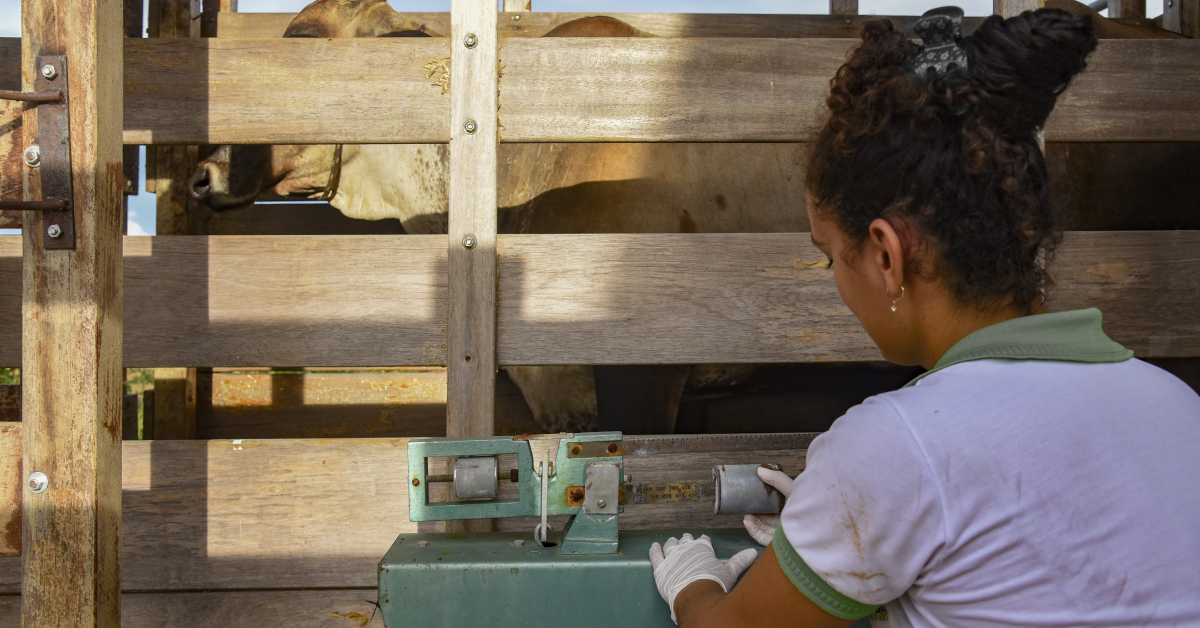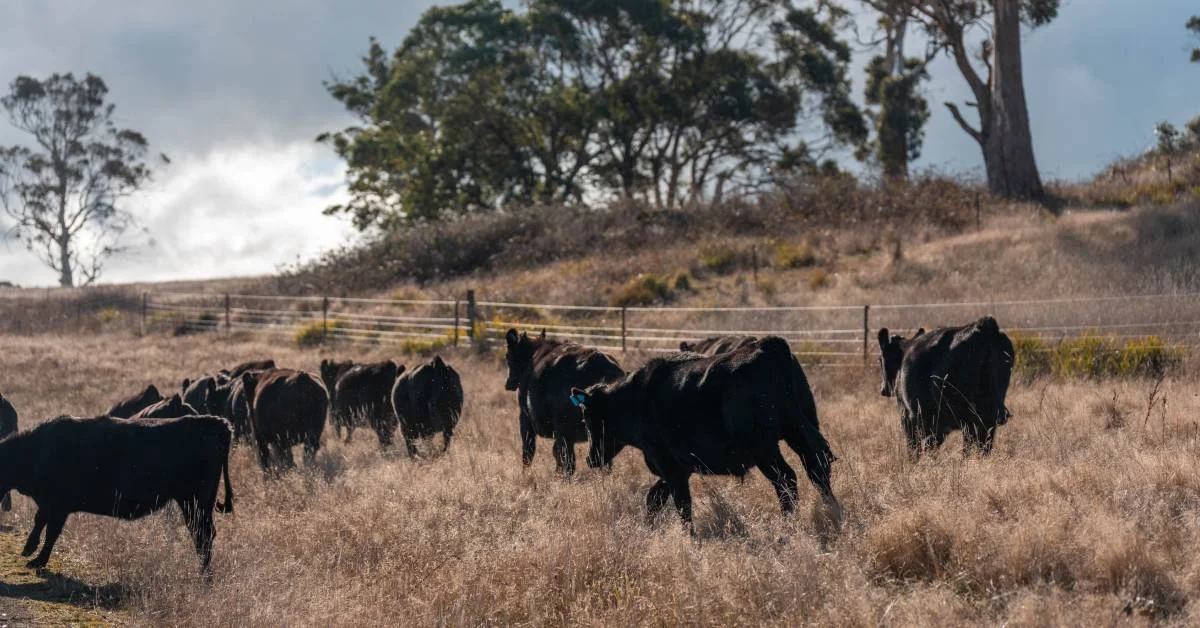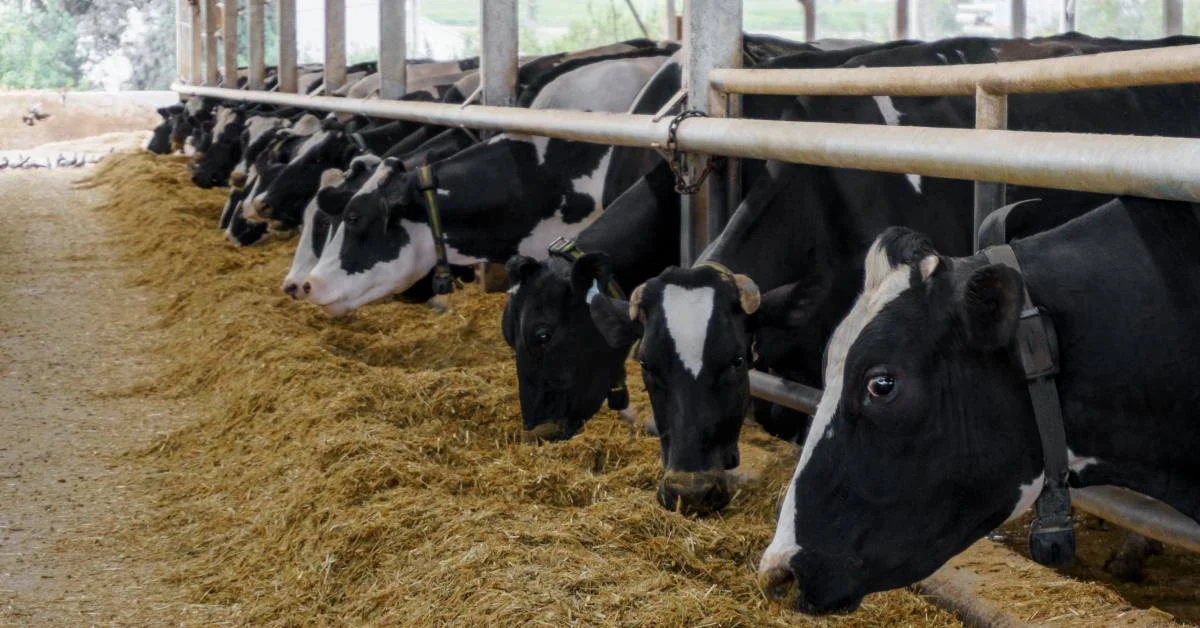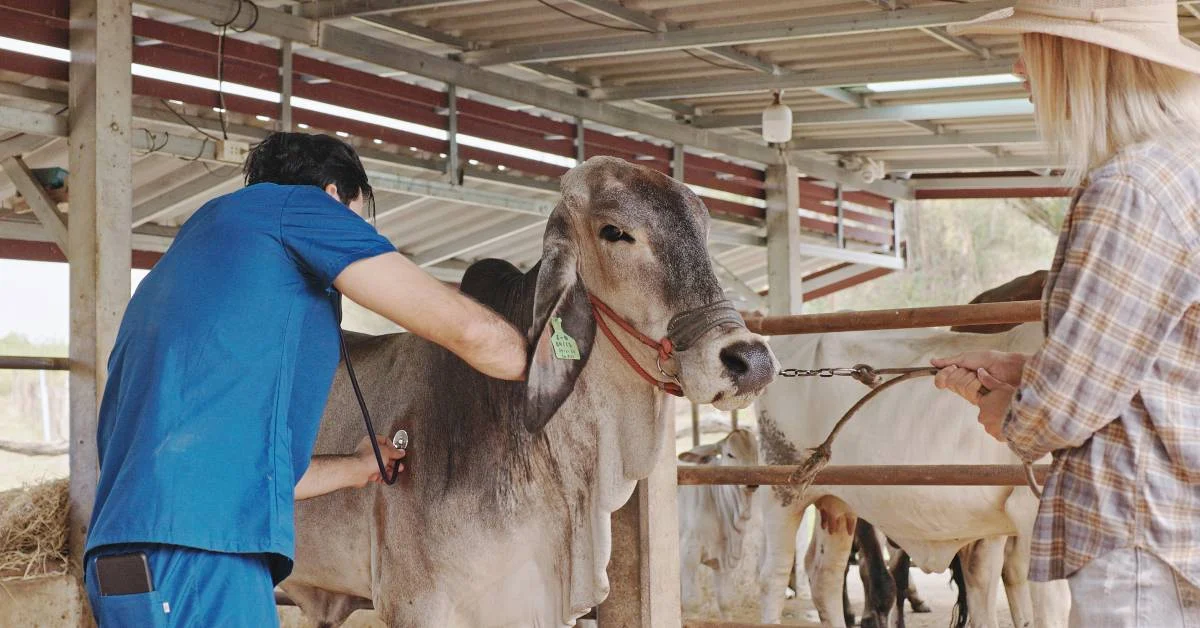Effective cattle management is pivotal for maximizing productivity and profitability in livestock operations. Farmers face numerous challenges, including monitoring animal health, optimizing feed efficiency, and making informed financial decisions.
Regularly weighing livestock is crucial, providing essential data to guide management practices. However, traditional weighing methods often present significant challenges, leading to inefficiencies and stress for animals and handlers.
Automated weighing systems offer a modern solution to these challenges, enabling farmers to track and manage their livestock more accurately and efficiently than conventional methods allow.
The Importance of Regular Animal Weighing
Regular animal weighing is a fundamental practice in effective cattle management that plays a crucial role in ensuring the health and productivity of livestock. Farmers can gain valuable insights into growth patterns, monitor overall health, and optimize feeding strategies by consistently tracking each animal’s weight.
This proactive approach helps in forecasting weight gain or loss and enables timely interventions to address potential health issues. Let’s explore how regular weighing contributes to better health monitoring, feed efficiency, and informed financial decisions in cattle operations.
Health Monitoring and Growth Forecasting
Regular weight checks are vital for tracking livestock health and predicting growth. By monitoring weight gain or loss, farmers can identify trends that inform feeding, breeding, and healthcare decisions, ensuring that animals thrive throughout their growth cycles.
Feed Efficiency and Financial Decisions
As feed costs continue to rise, optimizing feed usage becomes increasingly important. Monitoring weight enables farmers to maintain a low feed conversion rate (FCR), ensuring that each unit of feed results in maximum weight gain. Additionally, timely weight data informs critical financial decisions, such as when to sell or purchase livestock based on their growth patterns.
Early Detection of Health Issues
Weight fluctuations can be an early indicator of health problems. Automated weighing systems facilitate constant monitoring, allowing farmers to detect potential issues early and take proactive measures to ensure animal welfare.
Limitations of Traditional Weighing Methods
While traditional weighing methods have been used in cattle management for years, they have several significant limitations that can hinder efficiency and accuracy. These conventional techniques often require substantial time and labor, as animals must be transported to weighing scales and restrained.
This adds stress to the animals and can lead to inaccurate readings. Furthermore, infrequent weighing results in limited data, making it challenging for farmers to make timely and informed decisions about their livestock. In this section, let’s get into the specific drawbacks of traditional weighing methods and how they impact overall cattle management:
Time-Consuming and Labor-Intensive
Conventional weighing methods often require significant time and labor, as farmers must transport animals to scales and restrain them for weighing. This process can detract from other essential management tasks, leading to inefficiencies in overall operations.
Animal Stress and Impact on Accuracy
Restraining animals during weighing can cause stress, negatively affecting their health and skewing weight readings. Inaccurate measurements can mislead farmers about the condition of their livestock, resulting in poor management decisions.
Infrequent Weighing and Limited Data
Traditional methods typically allow for infrequent weighing, often only every few weeks, leading to limited and less actionable data. This infrequency hampers timely interventions and adjustments, limiting the effectiveness of cattle management practices.
Advantages of Automated Weighing Systems in Precision Farming
Automated weighing systems represent a significant advancement in precision farming, transforming the way cattle management is approached. Integrating technology into the weighing process, these systems provide real-time, accurate data that empowers farmers to make informed decisions.
The ability to continuously monitor livestock without the stress of traditional weighing methods enhances animal welfare and optimizes feeding strategies and health management. Let’s explore the key advantages of automated weighing systems, highlighting their role in improving efficiency, accuracy, and overall productivity in cattle operations.
Real-Time Data Collection
Automated weighing systems collect frequent and accurate data, enabling farmers to monitor livestock continuously. Real-time insights facilitate informed management decisions, improving overall operational efficiency.
Integration with RFID and Cattle Management Systems
These systems utilize RFID technology to track and monitor livestock seamlessly. Farmers can continuously gather data on each animal by integrating RFID tags, enhancing herd management capabilities, and enabling proactive decision-making.
Improved Decision-Making
With automated weighing, farmers can optimize feed management and enhance health monitoring. Accessing real-time data allows for better overall decision-making, leading to healthier livestock and improved productivity.
How Automated Weighing Systems Work?
Automated weighing systems utilize advanced technology to streamline livestock weight tracking, significantly enhancing cattle management efficiency. These systems operate through sensors, load cells, and sophisticated algorithms, enabling them to capture weight data seamlessly as animals interact with designated areas, such as feed bins or passageways.
Here are the mechanics of both full-body and partial-body weighing methods, showcasing how they work to deliver precise data for better herd management:
Full Body Weighing
Full-body weighing systems are designed to capture an animal’s weight as it passes through designated areas equipped with scales. These systems, integrated with advanced computer technology, record and process data for further analysis, enabling efficient weight monitoring without stress or labor-intensive methods.
Partial Body Weighing
Partial body weighing (PBW) systems operate by placing scales near feed bins or drinkers, capturing weight as animals interact with these resources. Load cell sensors measure weight, and advanced algorithms analyze factors such as breed, sex, and age to estimate full body weight. This method allows for frequent data collection, providing farmers with actionable insights.
The Strategic Impact of Automated Weighing Systems
Automated weighing systems offer more than operational convenience; they are strategic tools that drive long-term success in cattle management.
Providing continuous data on livestock weight and integrating predictive analytics, these systems allow farmers to make proactive decisions on health, feeding, and breeding. The reduced labor and stress associated with automated systems improve efficiency and enhance animal welfare, leading to better productivity.
Let’s explore how these systems provide valuable insights that will improve herd management and decision-making.
Reduced Labor and Stress
Automated systems significantly reduce labor requirements, allowing farmers time to focus on other critical management tasks. Additionally, these systems minimize animal stress, leading to more accurate weight readings and healthier livestock.
Predictive Insights for Breeding and Health
Integrating predictive tools with automated weighing systems enables farmers to optimize breeding strategies and health management based on real-time data. This proactive approach helps ensure the long-term health and productivity of the herd.
Scalable Data for Better Herd Management
The large datasets collected through automated weighing systems enhance herd management capabilities. Farmers can analyze trends and make informed adjustments based on comprehensive insights, improving overall herd health and productivity.
Applications of Automated Weighing in Cattle Operations
Integrating automated weighing systems in cattle operations has opened up a range of practical applications that enhance overall farm management. Providing accurate and timely weight data, these systems enable farmers to optimize feeding strategies, monitor animal growth, and make informed financial decisions regarding the sale of livestock.
Whether adjusting rations based on real-time feed intake or determining the best times to market cattle, automated weighing systems facilitate a data-driven approach that improves efficiency and profitability. Let’s examine the various applications of automated weighing in cattle operations and how they contribute to better management practices:
Feeding Optimization
Automated weighing systems help monitor feed intake effectively, allowing farmers to adjust feeding strategies based on real-time data. This ensures efficient resource use and optimal animal growth.
Weight-Based Selling Strategies
These systems also help determine the best times to sell cattle by providing accurate weight data. This capability enables farmers to maximize profits by aligning sales with market trends.
Conclusion
The benefits of automated weighing systems are clear: increased precision, enhanced efficiency, and seamless integration with innovative farming technologies. As the agriculture sector continues to evolve, partnering with Folio3 AgTech, which can help you use automation, will be crucial for successful cattle management operations, ultimately driving productivity and profitability for farmers.







